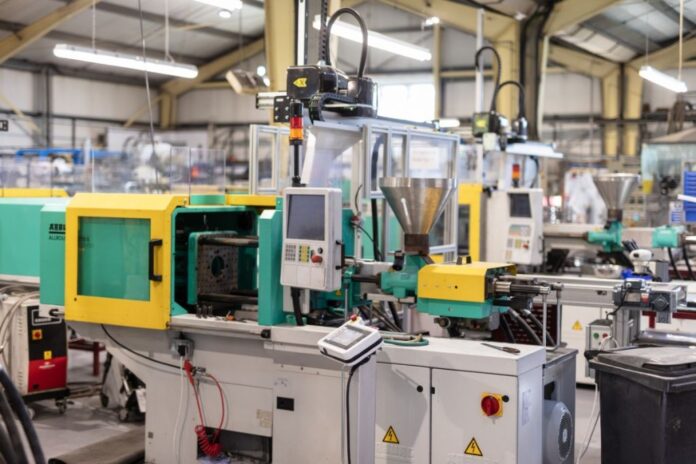Throughout the last decade or more, the idea of a 4-day workweek has transformed from sheer wishful thinking to a proven practice put into place at many organizations across the globe. Particularly since the onset of the COVID-19 pandemic, traditional work has evolved to include hybrid and remote work models as well as shortened workweeks and longer weekends. But how feasible is this concept really for small-, medium-, and large-scale manufacturers, especially today when there is a shortage of both skills and labor?
According to the American Gear Manufacturers Association (AGMA), a Japanese branch of Microsoft saw a 40% increase in productivity wherein employees worked fewer hours, but still accomplished more than they typically would in 40 hours per week. Additionally, Atom Bank saw a 500% rise in job applicants when it changed its normal workweek schedule to 32 hours instead of 40 — all without changing any other parameters of the jobs or work.
When it comes to reducing the amount of days worked per week, but still clocking in enough hours to meet or exceed productivity expectations, companies across the globe have tried a variety of different strategies, including four 12-hour shifts, four 10-hour shifts, four 80-hour shifts, no-work Fridays or “summer” Fridays in June and July where employees only need to work half a day and can even work the first half from home, etc. All that matters is that there is a 3-day weekend and their wages and salaries are unaffected. This is where statistics show happier staff, increased productivity, and less turnover.
But how does a 4-day workweek translate into manufacturing or machining? The truth is that the original 5-day workweek only came about from an outdated need to have people working long hours in factories with minimum days off. In fact, in today’s world of modern manufacturing with the Industrial Internet of Things (IIoT), additive manufacturing, and AI-powered technology, a 4-day workweek may be more tangible than you might think.
Automation is a big factor in shifting the idea of a 4-day workweek in manufacturing from concept to reality. It often eliminates the need for human input on time-consuming, repetitive tasks and instead accomplishes this work precisely, reliably, and in much faster time. According to AGMA, this can reduce the need for unskilled labor and injuries on the job, but simultaneously requires the training or hiring of a highly skilled employee to operate or oversee said machine or the implementation of AI.
“If you can eliminate the need to pay multiple workers salaries and lower the danger of said job, the savings could potentially offset the cost of a skilled employee or AI implementation. Skilled employees are in demand, though, which is where a hitherto undiscussed benefit of the 4-day workweek becomes an excellent bargaining chip: schedule flexibility,” according to the AGMA article.
According to the Bureau of Labor Statistics (BLS), the median average manufacturing worker age is 44 years. And given that Millennials now make up the bulk of the modern workforce while Boomers’ presence is fading, Gen X has reached peak employment status with Gen Z not far behind. This means there are entire generations of laborers who are technologically savvy — much more so than their aging predecessors — entering and maintaining the manufacturing workforce on multiple levels, from plant floor operators and machinists to higher-level corporate officers.
Moreover, even with a generous base pay and benefits package, the manufacturing sector is struggling to close the gap between workers coming in and workers leaving. More flexible workweek hours could be a way for companies to attract and keep staff in this demanding field.
Even with its high rate of base pay, manufacturing can’t get enough workers to replace those that are leaving. One of the biggest reasons why, as reported by Millennials, is job inflexibility. While working from home is (probably) out of the question for manufacturing, schedule flexibility doesn’t have to be.
While there are little to no examples of 4-day workweeks within manufacturing here in the U.S., one manufacturing firm in Rendlesham, England (Suffolk) has been running on a 4-day workweek since 2017, allowing staff to strike a better work-life balance while boosting productivity.
CMG Technologies is an internationally renowned specialist in 3D metal printing and metal injection molding (MIM), providing injection molded components to the medical, aerospace, automotive, and industrial sectors. It supplies components of unrivaled quality and maintains full accreditation to ISO9001-2015.
CMG also won the Wellbeing Award for the East of England at the Federation of Small Business Awards in 2015 for treating its staff ethically and introducing a 4-day work week in 2015.
This UK-based manufacturer is certainly an example of proven success with the 4-day workweek that the U.S. manufacturing sector could learn a thing or two from.











































